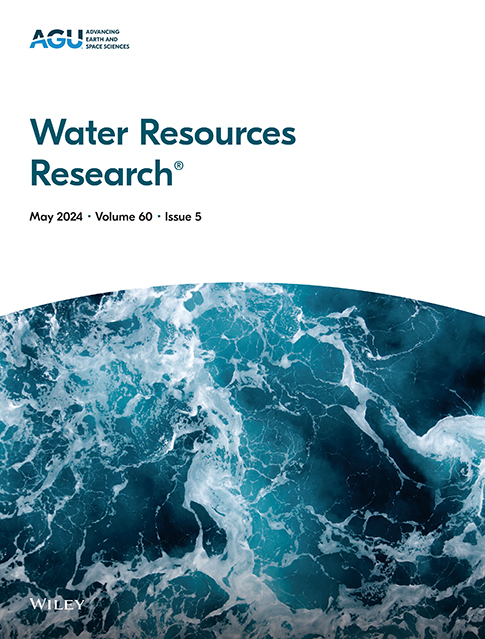Using Spatially Rich Data Sets to Assess the Influence of Channel Characteristics on Biogeochemical Behavior in Agricultural Watersheds
IF 4.6
1区 地球科学
Q2 ENVIRONMENTAL SCIENCES
引用次数: 0
Abstract
Many agricultural landscapes have undergone significant modifications to drain farmland and improve crop productivity. Subsurface field drainage, ditching and channelization of streams limit opportunities for biogeochemical processing of carbon and nutrients within the channel network. In this study, we used spatially rich water quality data collected from two contrasting regions of an agricultural watershed in south-central Minnesota, USA to assess how watershed features, such as channelization, tile drainage, and presence of lakes or wetlands, influence biogeochemical processing of nitrate (NO3−) and dissolved organic carbon (DOC). In the channelized upstream region, land use is predominantly agricultural (>92%) with subsurface tile drainage commonly discharging directly to the stream channel. Further downstream, the channel is more natural with increasing lakes and wetlands, including riparian wetlands. We used the concept of reach leverage to interpret biogeochemical behavior (i.e., source vs. sink) in each region of the watershed. Results indicate variability in biogeochemical behavior between the distinct watershed regions, suggesting that channel characteristics and the presence of lentic waters play a role in regulating biogeochemical processing. The upstream, channelized region acts primarily as a conservative transporter or small source of both NO3− and DOC across sampling dates. In contrast, the lentic-influenced region exhibited shifts between source and sink behavior over time, especially for NO3−, influenced by factors such as hydrologic connectivity and discharge. These findings highlight the value of collecting spatially resolved data to enhance our understanding of biogeochemical processing which may be useful to inform effective management and conservation strategies.求助全文
约1分钟内获得全文
求助全文
来源期刊

Water Resources Research
环境科学-湖沼学
CiteScore
8.80
自引率
13.00%
发文量
599
审稿时长
3.5 months
期刊介绍:
Water Resources Research (WRR) is an interdisciplinary journal that focuses on hydrology and water resources. It publishes original research in the natural and social sciences of water. It emphasizes the role of water in the Earth system, including physical, chemical, biological, and ecological processes in water resources research and management, including social, policy, and public health implications. It encompasses observational, experimental, theoretical, analytical, numerical, and data-driven approaches that advance the science of water and its management. Submissions are evaluated for their novelty, accuracy, significance, and broader implications of the findings.
 求助内容:
求助内容: 应助结果提醒方式:
应助结果提醒方式:


